Dr Teppei Katori
Reader in Particle Physics
Research interests
- Physics
Biography
Teppei Katori is an experimental particle physicist mainly working on neutrino experiments including the T2K (Tokai-to-Kamioka) at J-PARC, Super-Kamiokande (Super-K), and Hyper-Kamiokande (Hyper-K) experiments all in Japan, the IceCube Neutrino Observatory and IceCube-Gen2 in Antarctica. Through these experiments, Katori studies both the fundamental properties of neutrinos and the research on spacetime and nuclear structure using neutrinos as probes. In the past, Katori worked on the MicroBooNE, MiniBooNE, SciBooNE, and FINeSSE experiments, all at Fermilab, USA.
Katori is also interested in neutrino phenomenology. He is interested in the search for new spacetime structure including violation of Lorentz invariance using neutrinos. He is also a member of the NuSTEC (Neutrino Scattering Theory-Experiment Collaboration) to study neutrino interaction physics. Finally, his interest on neutrino interaction physics leads him to study hadron and nuclear physics, including neutron experiments at the ISIS Neutron and Muon Source, RAL, and n_TOF facility at CERN.
Katori received his bachelor of science degree from Tokyo Institute of Technology, Japan, and his PhD from Indiana University, Bloomington, USA. Katori is the chair of the Institute of Physics Astroparticle Physics group.
Research:
- Particle physics
- Nuclear physics
- Astrophysics
Publication:
Research
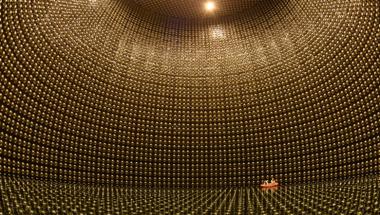
Experimental Particle & Astroparticle Physics
The aim of the EPAP group is to address some of the major open questions in our understanding of matter through the study of the nature of fundamental particles
News
King's exhibits research at 2023 London Design Biennale
The King’s pavilion 'Seeking Connection' will showcase creative, cross-disciplinary research into digital technologies from across the university.

Testing Ground opens at Science Gallery London
New exhibition changes the ways we think about our invisible connections – to the cosmos, to nanoparticles, and to each other.
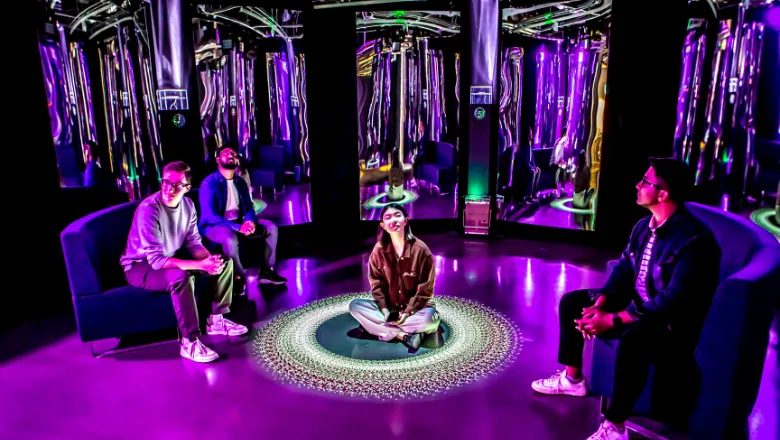
Searching for quantum gravity from under the ice
Dr Teppei Katori working with the IceCube Neutrino Observatory
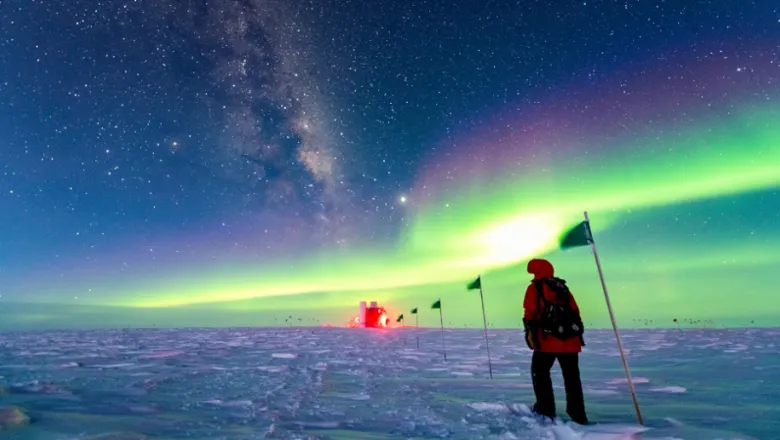
Exploring collaborations between physicists and artists
Science Gallery London exhibition highlights partnerships with King's artists in residence
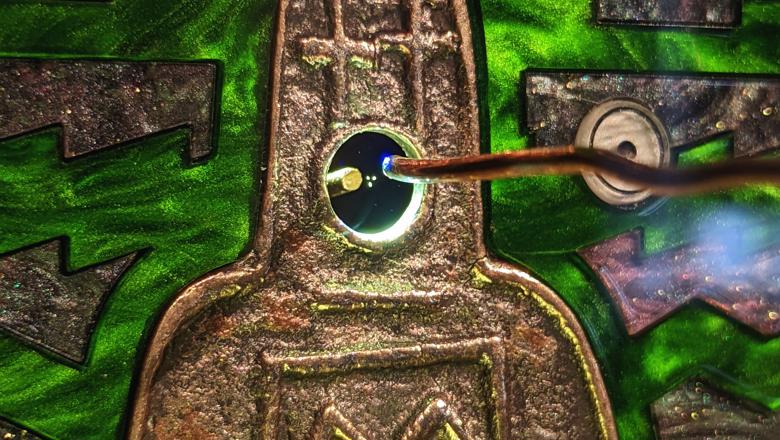
Subatomic – King's Artists project explores the connection between art and astrophysics
How can musical composition and astrophysics work together to inform research and increase understanding of the complex phenomenon of cosmic rays?
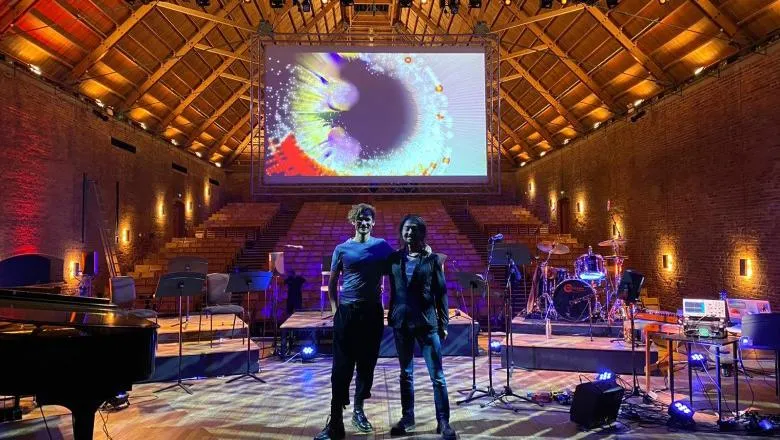
Discovering the music of the cosmos
Collaboration between musical artist and King's experimental particle physicist
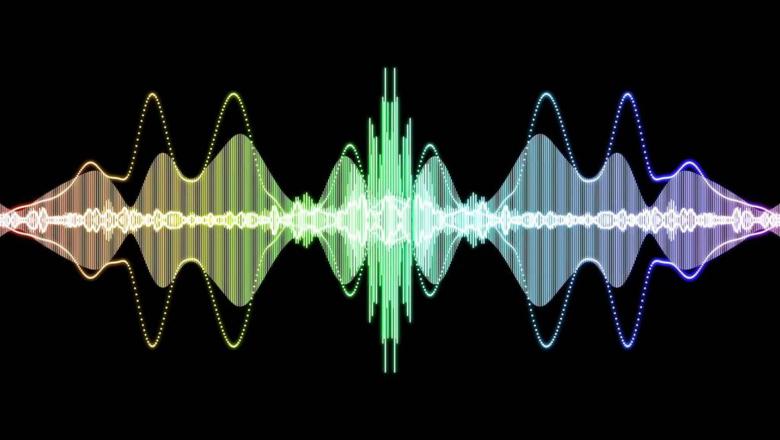
Eleven new King's Artists projects exploring the theme of 'Intelligence'
The 2021 King’s Artists cohort will be exploring the theme of ‘Intelligence’ in eleven new collaborative R&D projects across four King’s College London...
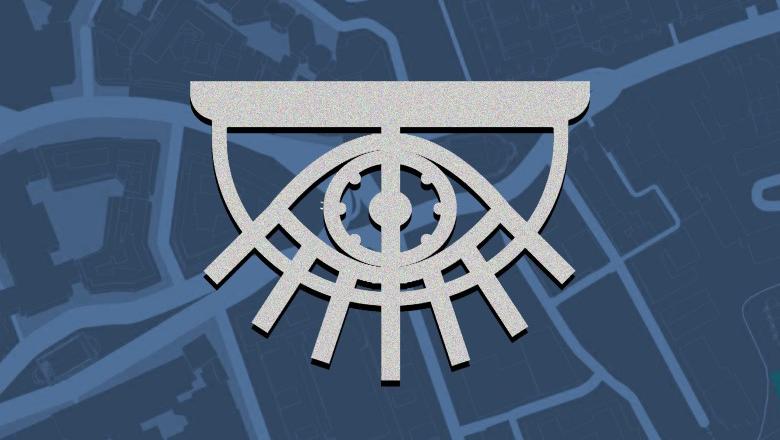
Super-K developments facilitate powerful advancement in particle physics
King’s physicists hope to be able to make a more detailed study of neutrinos after modifying the Super-Kamiokande neutrino detector tank, and introducing the...
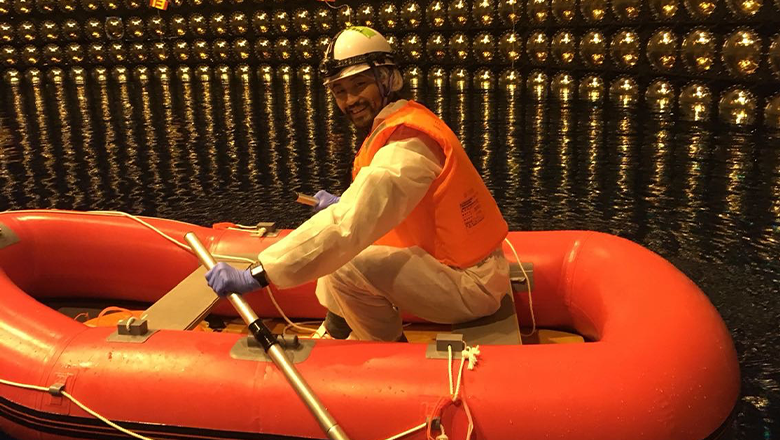
King's physicists herald Big Bang breakthrough in particle physics
In the first breakthrough of its kind in over 50 years, a team of researchers from King’s Department of Physics have contributed to findings by an...
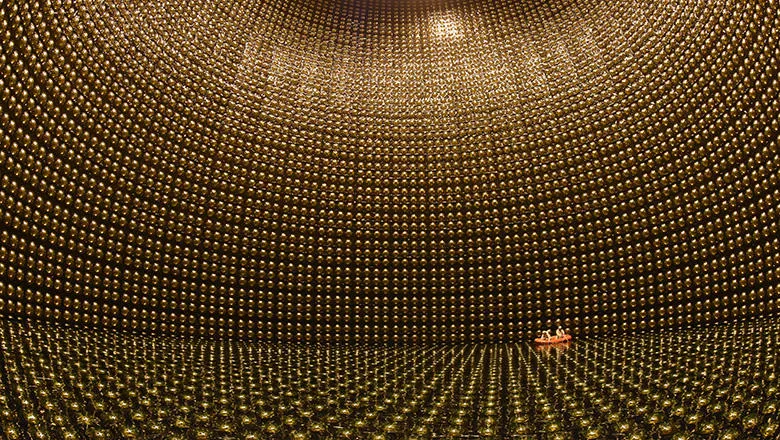
Features
London Design Biennale: Making the invisible shine
Interview with Dr Teppei Katori, academic partner of Particle Shrine, on exhibiting at the London Design Biennale

Research

Experimental Particle & Astroparticle Physics
The aim of the EPAP group is to address some of the major open questions in our understanding of matter through the study of the nature of fundamental particles
News
King's exhibits research at 2023 London Design Biennale
The King’s pavilion 'Seeking Connection' will showcase creative, cross-disciplinary research into digital technologies from across the university.

Testing Ground opens at Science Gallery London
New exhibition changes the ways we think about our invisible connections – to the cosmos, to nanoparticles, and to each other.

Searching for quantum gravity from under the ice
Dr Teppei Katori working with the IceCube Neutrino Observatory

Exploring collaborations between physicists and artists
Science Gallery London exhibition highlights partnerships with King's artists in residence

Subatomic – King's Artists project explores the connection between art and astrophysics
How can musical composition and astrophysics work together to inform research and increase understanding of the complex phenomenon of cosmic rays?

Discovering the music of the cosmos
Collaboration between musical artist and King's experimental particle physicist

Eleven new King's Artists projects exploring the theme of 'Intelligence'
The 2021 King’s Artists cohort will be exploring the theme of ‘Intelligence’ in eleven new collaborative R&D projects across four King’s College London...

Super-K developments facilitate powerful advancement in particle physics
King’s physicists hope to be able to make a more detailed study of neutrinos after modifying the Super-Kamiokande neutrino detector tank, and introducing the...

King's physicists herald Big Bang breakthrough in particle physics
In the first breakthrough of its kind in over 50 years, a team of researchers from King’s Department of Physics have contributed to findings by an...

Features
London Design Biennale: Making the invisible shine
Interview with Dr Teppei Katori, academic partner of Particle Shrine, on exhibiting at the London Design Biennale

